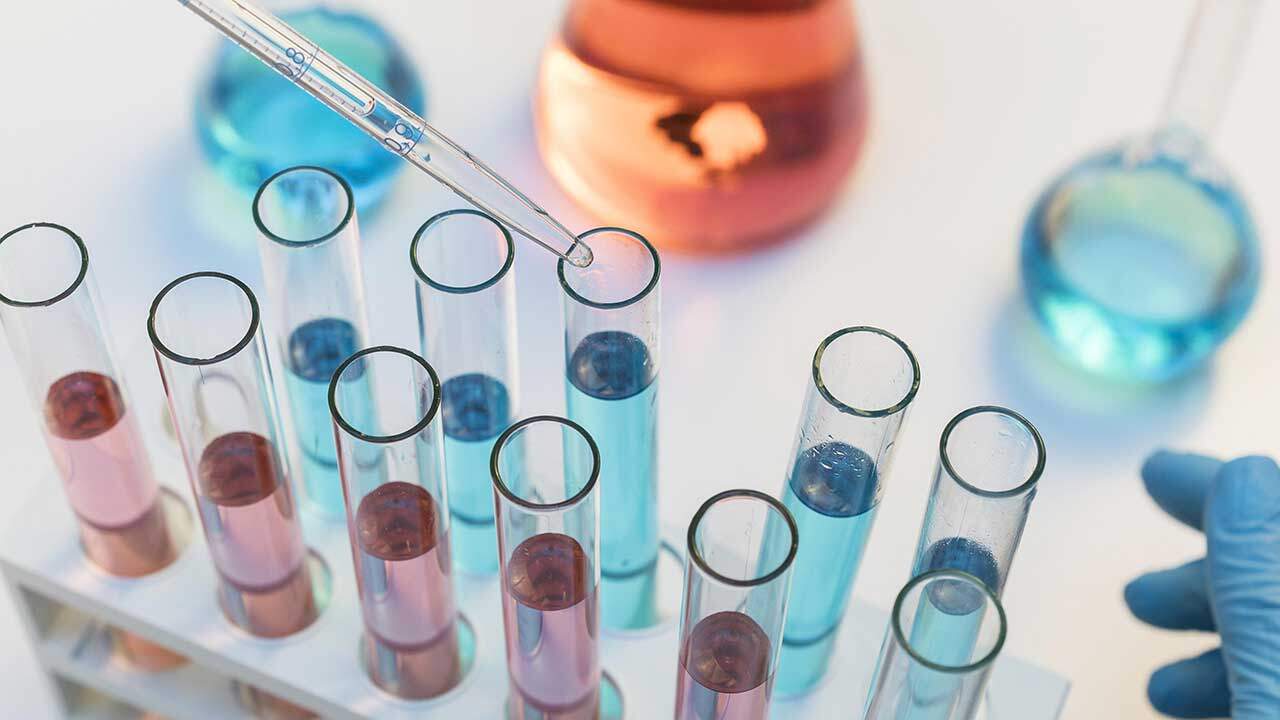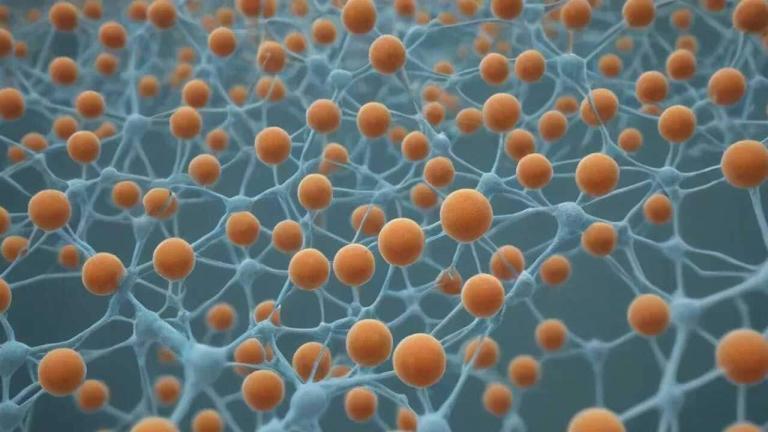
The journey of a pharmaceutical drug from the laboratory bench to the pharmacy shelf is a complex and resource-intensive process. One of the pivotal milestones in this journey is the transition from preclinical development to first-in-human clinical trials.
This crucial phase requires meticulous planning, thorough assessments, and strategic decision-making to position a drug candidate for success. In this detailed article, we will explore the critical factors that drug developers must consider to prepare a preclinical development compound for its first-in-human, early-phase drug candidate status.
Introduction to Preclinical Development and Its Challenges
The process of drug development involves a series of stages, each presenting its unique challenges and considerations. Preclinical development, often termed the “discovery and development” phase, is the period during which a potential drug candidate is identified, tested, and refined before progressing to clinical trials.
This phase is marked by various activities such as API (Active Pharmaceutical Ingredient) synthesis, pre-formulation studies, pharmacokinetics, animal toxicity studies, formulation development, and the production of clinical materials.
According to National Library of Medicine, the mean cost of bringing a new therapeutic agent to market may go upto $2.8 Billion. A significant contributor to these high costs is the attrition rate caused by inadequate efficacy and safety, emphasizing the need for a careful balance of time and resources across various activities. Let’s delve into the critical factors that must be considered to ensure a seamless transition from preclinical development to the first-in-human clinical trials.
4 Key Factors to Consider While Preparing a Preclinical Development Compound
Molecule Characterization
The initial stage in the development of a new molecule is the pre-formulation studies, also known as a “developability assessment.” This phase is critical in determining the molecule’s potential for successful development and involves assessing various aspects, such as physicochemical properties, solubility, stability, and compatibility with excipients.
The physicochemical properties of a molecule, including its molecular weight, lipophilicity, and ionization, play a crucial role in determining its behavior in the human body. Understanding these properties is fundamental to making informed decisions throughout the development process.
Solubility is a key factor influencing a drug’s bioavailability. Poor solubility can lead to challenges in drug delivery and absorption. Solubility studies help identify potential issues early in development and guide formulation strategies to enhance solubility.
Assessing the stability of a molecule is essential to ensure its integrity over time. Factors such as temperature, humidity, and light exposure can impact stability. Stability studies aim to predict and mitigate degradation, preserving the drug’s efficacy.
The compatibility of the drug candidate with excipients (inactive ingredients) used in formulations is critical. Incompatibility can lead to issues such as precipitation, degradation, or changes in drug release profiles. Comprehensive compatibility studies are essential for formulation development.
Balancing resources and time across these activities is crucial, as it allows developers to identify potential challenges early on and make informed decisions about the viability of the drug candidate.
Salt and Polymorph Selection: Optimizing Physical Properties
Creating salt forms is a widely used technique to enhance the solubility of molecules with ionizable functional groups. Over 50% of small-molecule drugs on the market have been developed as salt forms. Careful selection of salts and polymorphs can significantly improve a compound’s physical properties, including solubility and stability, while facilitating API isolation and purification.
Ionizable functional groups can be manipulated to form salts, increasing the solubility of the compound. This is particularly important for drugs with limited solubility in their free acid or base forms.
The choice of salt form can impact the chemical stability of a molecule. By selecting the appropriate salt, developers can enhance the overall stability of the drug candidate, reducing the likelihood of degradation during storage or administration.
Salts and polymorphs can contribute to the ease of API isolation and purification. This is crucial for the scalability of production processes and ensures a consistent and pure final product.
Example: Aripiprazole Salt Forms:
Aripiprazole, an antipsychotic drug, has limited solubility in its free acid form, potentially affecting bioavailability. To address this, drugmakers developed various salt forms, including aripiprazole lauroxil, aripiprazole hydrochloride, and aripiprazole laurate. These salt forms demonstrated improved solubility, leading to more consistent pharmacokinetics and ultimately improving patient outcomes.
Injectable Formulation: Precision in Exposure and Dosing
Choosing the right formulation for first-in-human studies is crucial for the long-term success of a drug compound. Factors such as poor permeability, enzymatic degradation, or a heavy first-pass effect must be considered when selecting a formulation. In cases where these challenges are present, an injectable formulation may be preferable.
Injectable formulations offer precise control over the exposure and dosing of the drug candidate. This is particularly valuable when dealing with compounds that exhibit challenges in oral absorption or have a narrow therapeutic window.
Injectable formulations provide opportunities for the development of sustained-release depots or targeted deliveries. This can be advantageous for drugs requiring prolonged therapeutic effects or those targeting specific tissues.
The development of injectable formulations necessitates extensive analytical testing. Stability, sterility, and other critical factors must be rigorously assessed to meet regulatory standards. While this ensures the safety and efficacy of the drug, it also contributes to increased development time and costs.
Dosing Options for Testing Oral Formulations
For drug developers working with oral formulations, several dosing options are available to expedite the introduction of a drug into clinical trials. One such approach is the Powder-in-Bottle (PIB) method, which offers a rapid progression into the clinic at a relatively low cost.
PIB involves placing the drug substance in a bottle, ready for reconstitution before administration. This approach allows for quick progression into clinical trials within one to four weeks, minimizing development time and costs.
The PIB approach provides flexibility in clinical dosing, making it an attractive option for early-phase trials. The relatively minor analytical requirements further streamline the process, enabling a swift transition from preclinical development to human testing.
With minimal development and Good Manufacturing Practice (GMP) manufacturing support needed, the PIB approach offers a cost-effective way to initiate clinical trials. This is particularly advantageous for early-phase studies where rapid progress is paramount.
Consider Drug Efficacy Before First-in-Human Trials
Before embarking on first-in-human trials, thorough consideration of drug efficacy is paramount. Drug developers must meticulously assess the compound’s effectiveness in preclinical studies to establish a strong foundation for human trials. Understanding the drug’s mechanism of action, target engagement, and expected therapeutic outcomes is crucial.
Rigorous preclinical efficacy assessments, including in vitro and in vivo studies, provide insights into the potential benefits and risks associated with the drug candidate. Identifying and addressing efficacy concerns early on not only enhances the likelihood of success in human trials but also helps prioritize resources effectively.
A comprehensive evaluation of drug efficacy ensures that the transition to first-in-human trials is grounded in a robust scientific understanding, setting the stage for meaningful clinical advancements.
Wrapping Up
The successful preparation of a preclinical development compound for its first-in-human, early-phase drug candidate status requires a holistic and strategic approach.
Balancing all the factors is essential to reduce the risk of late-stage failures, enhance the overall success rate of drug development, and ultimately bring innovative and effective medications to patients in need.
As the pharmaceutical industry continues to advance, a deep understanding of these factors will be instrumental in navigating the complexities of early-phase drug development and achieving meaningful clinical outcomes.






